The Long Run, the final album released by the Eagles before they (temporarily) broke up, found the band battling to overcome distractions and personal animosity just to finish the thing. Perhaps it’s not surprising then that “The Sad Café,” one of the finest songs on the album, features the band looking back to simpler times.
Videos by American Songwriter
What is the song about? What famous locations were the Eagles referencing? And why did this song resonate for the band on that last record? Let’s all take a little trip to that most wistful of locations, “The Sad Café,” to find out all there is to know about the track.
The Long Run on Empty
On the one hand, it might seem like the Eagles took an inordinate amount of time to finish The Long Run, which finally arrived in 1979 about a year-and-a-half after the first sessions for the record. But you could also say that it was a minor miracle the album was finished at all, based on after-the-fact recollections by the Eagles detailing the difficulties of recording it.
After the band had scaled the heights with Hotel California in 1976, they found themselves struggling to pull focus to record a follow-up. It didn’t help that relationships among band members had become rancorous, a problem only exacerbated by the excess of drugs and alcohol. Considering all that went down, it’s not surprising The Long Run would be the band’s last studio album until their 1990s reunion.
For all the time that it took to make it, The Long Run is still an uneven album. The band churned out some engaging singles, but some of the album tracks went astray. Luckily, the LP goes out on a high note with “The Sad Café,” a song credited to band members Don Henley, Glenn Frey, and Joe Walsh, as well as frequent Eagles’ collaborator JD Souther.
Café Creation
When writing “The Sad Café,” the Eagles looked back to the early days of their career when they were just starting up, first as a backing band for Linda Ronstadt and then as a separate entity. The band hung out and played at a pair of legendary Southern California hot spots, each of which went into the creation of the song, as Don Henley explained to Rolling Stone:
“The Sad Café” was inspired by the Troubadour and Dan Tana’s restaurant. We could feel an era passing. The crowd that hung out in the Troubadour and the bands that were performing there were changing. The train tracks that had run down the middle of Santa Monica Boulevard had been ripped out. The train no longer came through—the same train that Steve Martin had once led an entire Troubadour audience to hop aboard and ride up to La Cienega Boulevard, then walk back to the club. Those remarkable freewheeling times were receding into the distance.”
The music for the song does an outstanding job teasing out the melancholy of the lyrics, from the plaintive opening electric piano chords to Don Felder’s lilting acoustic guitar. Those trademark Eagle harmonies are in full effect throughout, and special guest David Sanborn delivers an evocative saxophone solo to kiss the song, and the album, goodbye.
What is the Meaning of “The Sad Café”?
“The Sad Café” is a fascinating trip back in time, in part because the narrator can’t seem to focus on basking in the good memories because he’s too depressed about the way things have changed. And we would sing right out loud, the things we could not say, Henley sings. We thought we could change this world with words like love and freedom. The sadness in his voice lets us know that those were only pipe dreams.
In the middle eight, the song hints at how the Eagles were lucky to make it out of that scene to bigger things: I don’t know why fortune smiles on some and lets the rest go free. It’s an interesting choice of words, almost as if Henley is saying the fame the band enjoyed encroached on their potential freedom.
In the final verse, he tries to relive those good old days: Why don’t you meet me at midnight, baby, inside the Sad Café. With this song, the Eagles suggested that sepia-toned trips down memory lane are only temporary balms, especially when the present day casts such a harsh light on those living through it.
When you purchase through links on our site, we may earn an affiliate commission.
Photo by Michael Ochs Archives/Getty Images

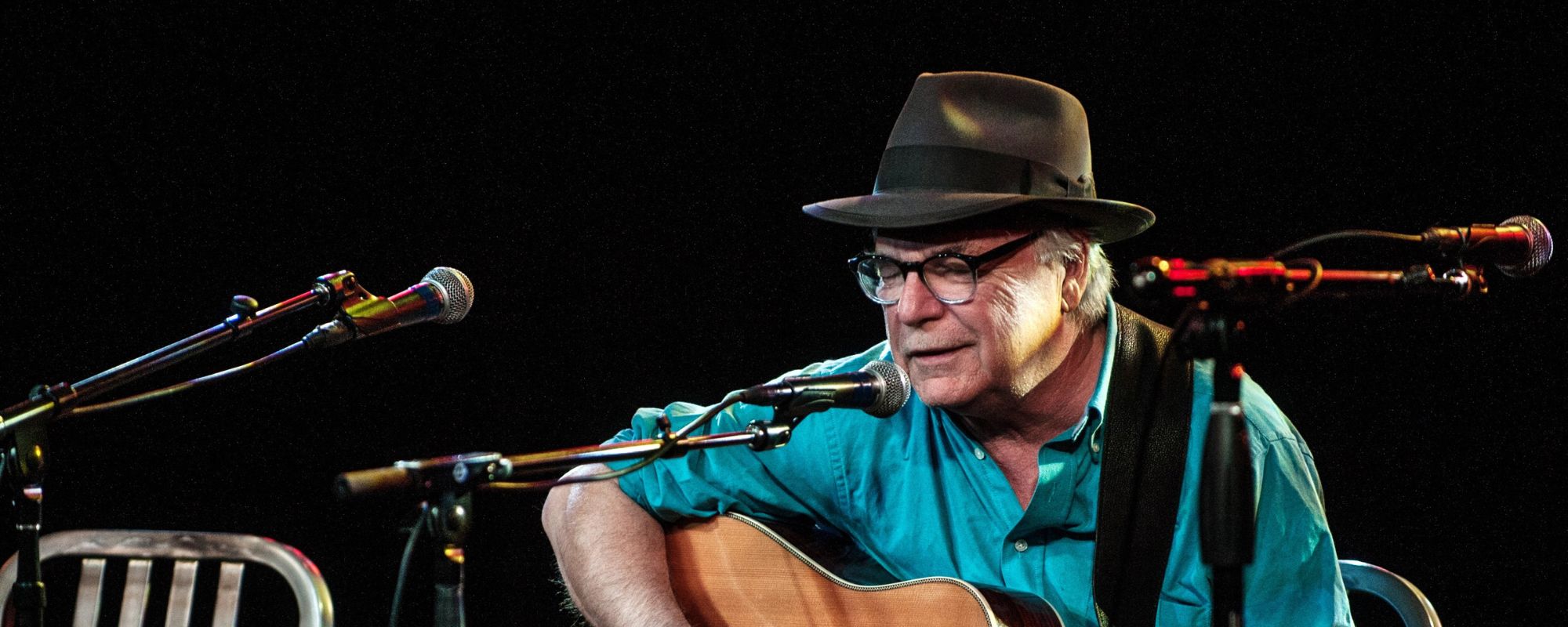
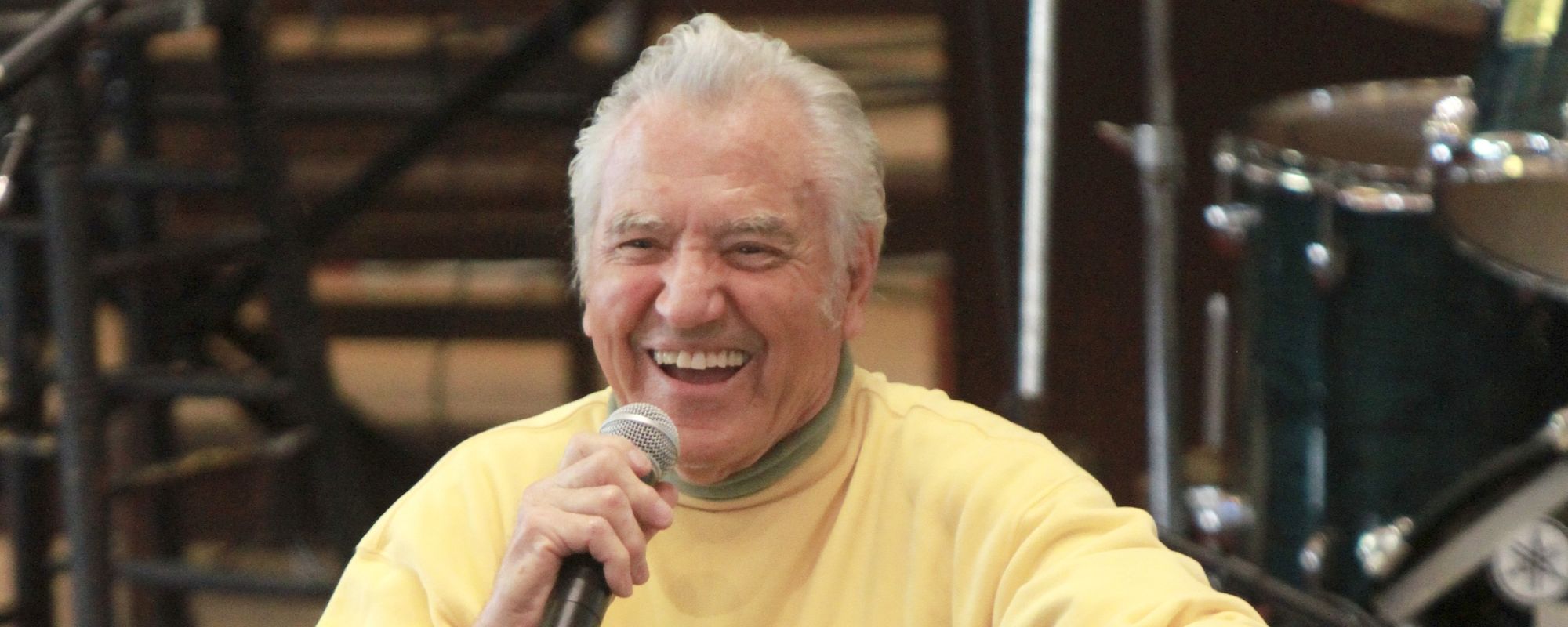


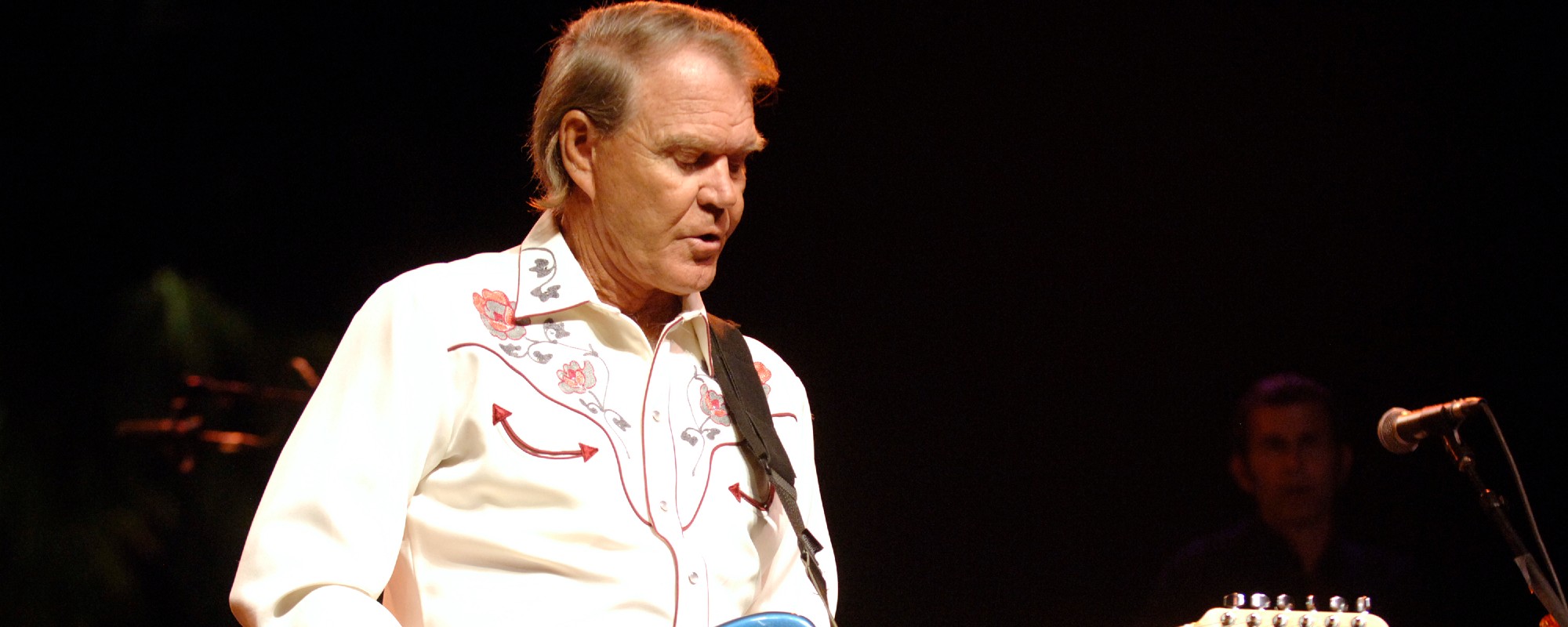

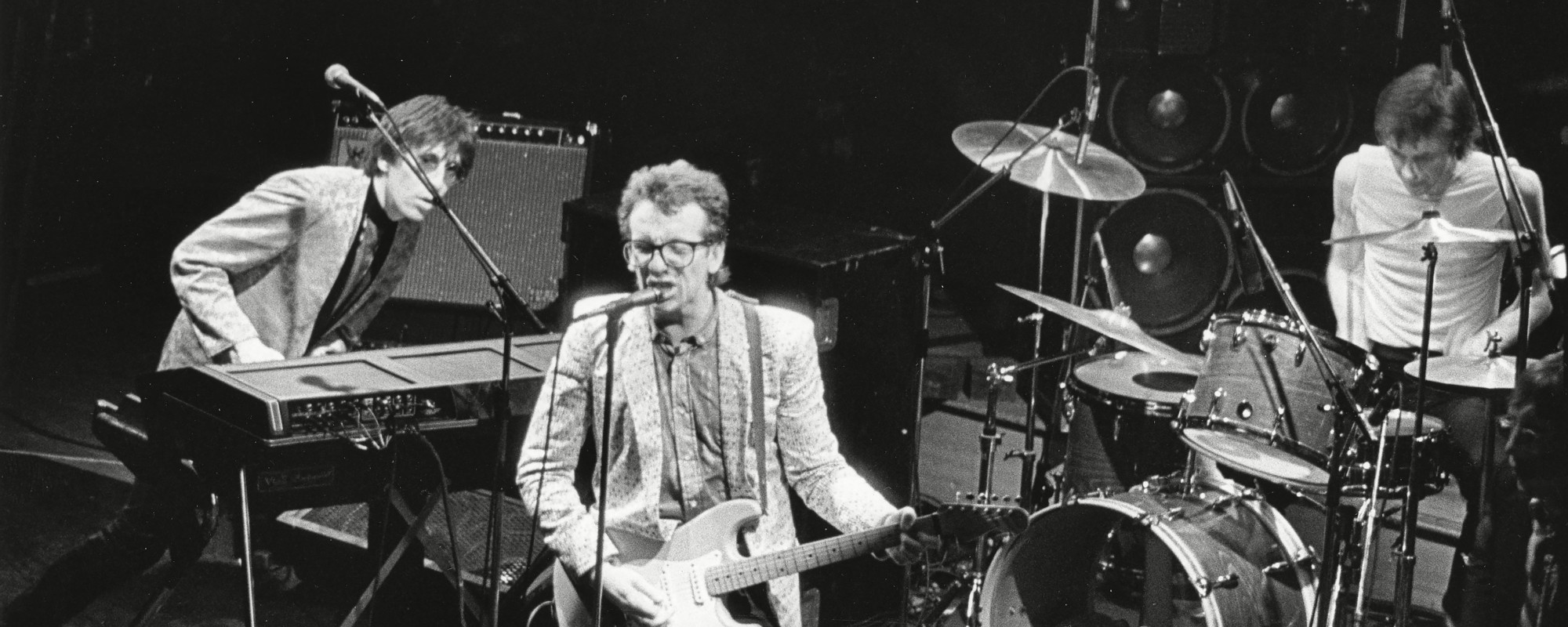

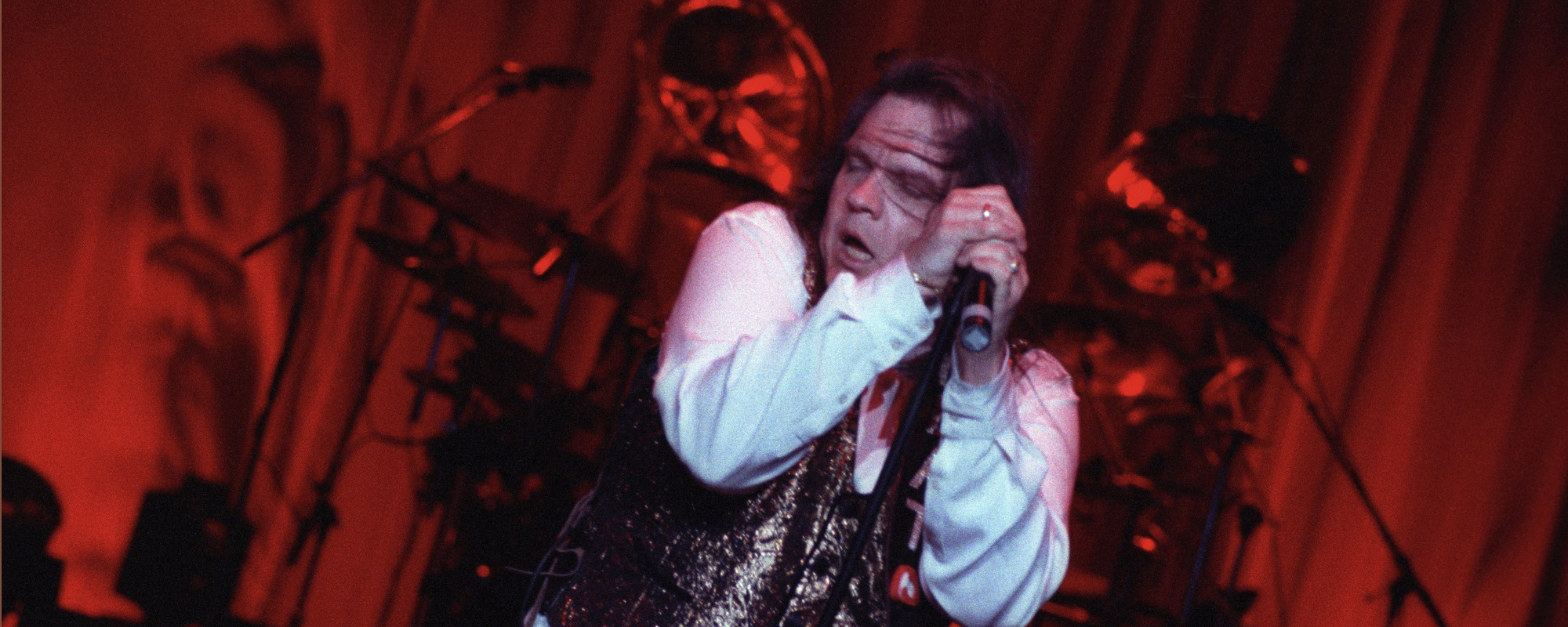

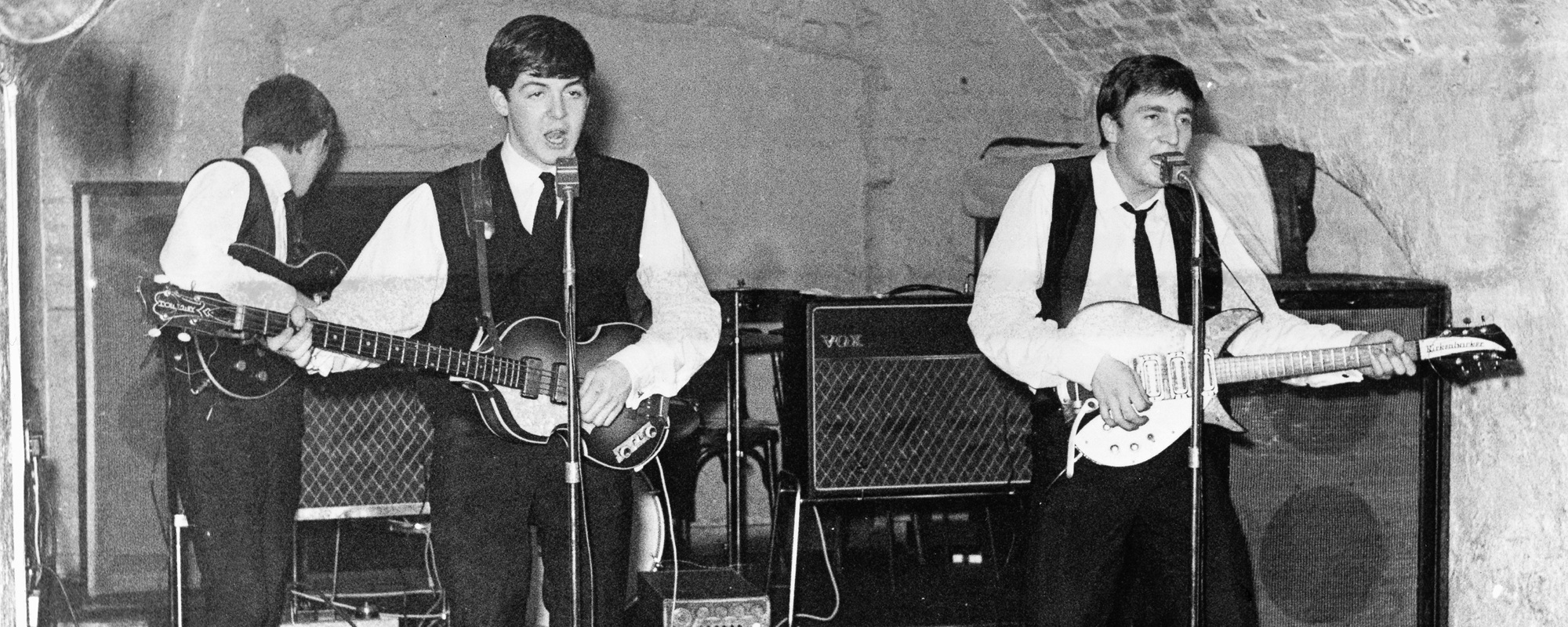
Leave a Reply
Only members can comment. Become a member. Already a member? Log in.